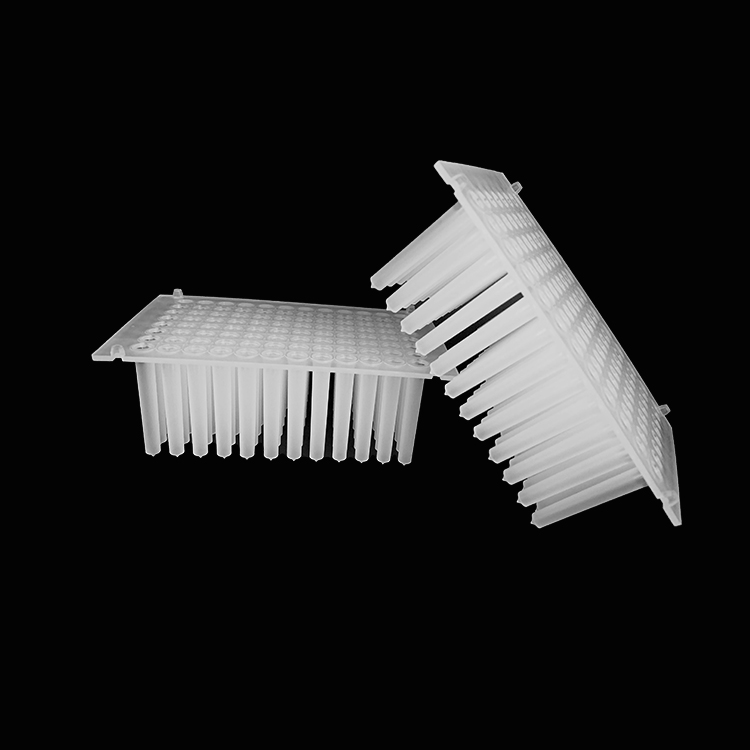According to reports, the United States recently invented a series of underwater exploration tools that will enable scientists to explore underwater resources and study the effects of climate change and environmental pollution on the Earth’s water resources. The following are the five newly developed future underwater detectors:
Deep-sea rover
Deep-sea rover
The "deep sea rover" was developed by scientists at the Monterey Bay Aquarium Institute in the United States. In July this year, the "deep-water rovers" weighing 3,000 pounds (about 1,361 kilograms) began to crawl 25 miles (about 40 kilometers) on the sea floor near the United States of California. The "deep wanderer" is made of titanium and foam. Due to the use of titanium, it can withstand a maximum pressure of 6,000 pounds per square inch (approximately 4,218,418 kilograms per square meter); due to the use of foam, it weighs at least 100 pounds (approximately 45 kilograms). It is not because the body is too heavy and it is caught in the sediments of the seabed. The “deep sea wanderer†photographed a large number of images of the seabed while roaming on the seabed, and measured the oxygen consumption of seabed organic matter. Based on these data, scientists will study the effects of climate change on the sub-sea biota. In the future, the “deep sea wanderers†will conduct more in-depth seabed research, including exploration of seabed resources. According to the plan, the “deep-water rovers†will next implement a more arduous task of exploring the seabed in California’s waters. They will travel 140 miles (approximately 225 kilometers) for a period of six months and a depth of 4,000 meters.
2. Robotic fish
Robotic fish
Five years ago, MIT engineers Kamar Joseph and Pablo Valtivia developed the first robotic fish. Recently, based on this, they developed a more fish-like robotic fish prototype using softer polymer materials. The new robotic fish is more flexible and simpler, with fewer parts, for a total of only 10 pieces, and the earliest one was thousands of pieces. The new robotic fish is less than a foot (0.3 meters) long and looks a bit like a squid, while older models are more like tuna. Thanks to the small and flexible features, the new robotic fish can replace many large-scale underwater detectors and enter some narrow waters to collect information on water pollution and underwater ecological environment. In the initial tests, engineers used external power sources to power the engine in the robotic fish. Their next plan is to integrate the built-in battery with the robotic fish to truly automate underwater robotic fish operations.
3. Underwater sensor network
Underwater sensor network
The Beacon Institute and IBM are jointly developing a sensor network called River and Estuary Observation Network (REON). They will deploy this sensor network on the Hudson River, 315 miles (about 507 kilometers) long, to monitor the Hudson River in real time. Currently, there are already two solar-powered sensor arrays and several moving sensors on the Hudson River. According to project engineer James Bonner, the entire REON network will eventually have hundreds of sensors, each with its own computer chip. They will be responsible for real-time collection and analysis of river biology, water quality, chemical substances and other information. In addition, the sensor network is equipped with an optical imaging system to enable visual monitoring of the entire river. Scientists will use microscopes and gene sequencing technology to perform underwater microbial detection and experiments. Real-time data streams from the REON network will be transmitted to land scientists via wireless communications, and scientists will use these data to analyze human impacts on river ecosystems.
4. Autonomous underwater detector
Autonomous underwater detector
In November 2009, scientists at the Scripps Institution of Oceanography in California began developing a remotely controlled underwater robot network. According to the research plan, the first phase of the network will include 26 spherical underwater detectors, of which 6 are football-sized and the other 20 are relatively small. The scientists plan to deploy this group of underwater detectors in waters that have been poisoned or spread by harmful algae instead of divers to collect water quality data. In addition, scientists are also preparing to use this underwater detector to monitor and analyze information such as ocean current dynamics, temperature, and salt content.
5. Fluorescence
Fluorescent fluorescence
Paul Johnson, a physicist at the University of Wyoming, USA, is leading a research team in the development of a contamination test. They used transgene technology to inject a fluorescent protein into the lice of an African clawed frog. When these gemates encounter chemicals, their bodies glow. Depending on the amount of chemicals they encounter, their body brightness varies. In the future, this cockroach can be used to detect toxic substances in water. This detection method is not only fast but also more convenient and economical to implement than using underwater robots.
Tip Combs
These tip combs are for use with the Pharma KingFisher Flex 96 Deep-Well Head Magnetic Particle Processor or MagMAX Express-96 Deep-Well Magnetic Particle Processor in combination with PrepSEQ ResDNA kits and ProteinSEQ kits.
Optimize performance using KingFisher Flex System consumables designed specifically for use with these instruments. KingFisher Flex disposable plastics (tip combs and microplates) are made of polypropylene and are ideal for magnetic particle processing because of their low binding affinity for biomolecules. Their special design enables excellent recovery of magnetic beads.
The tip combs are made of PP material, they can be used with 2.2ml square well V bottom and 0.5ml elution plates for the system KINGFISHER FLEX. The tip combs could suffer centrifuge 3000-4000 and don't change the original shape. The products are suitable for the standard ANSI and multi-channel Pipette Tips machnie and automatic equipment. We could accept OEM/ODM.
For use with Viral RNA extraction, DNA extraction, RNA/DNA quantification, immunopreciptitations and many more KingFisherâ„¢ applications
good chemical and physical resistance: e.g. phenols, chloroform, DMSO and temperatures as low as -80°C/-112°F

Tip Comb,Tip Comb Plate,Kingfisher Tip Comb,Tip Comb Kingfisher,Magnetic Tip Comb,8-Strip Tip Comb
Yong Yue Medical Technology(Kunshan) Co.,Ltd , https://www.yonyuetip.nl
